Yolanda and the Thief
6.2 /10 1 Votes
Duration Language English | 6.2/10 IMDb Genre Fantasy, Musical, Romance Country United States | |||||||||||||||||||||||||||||||||
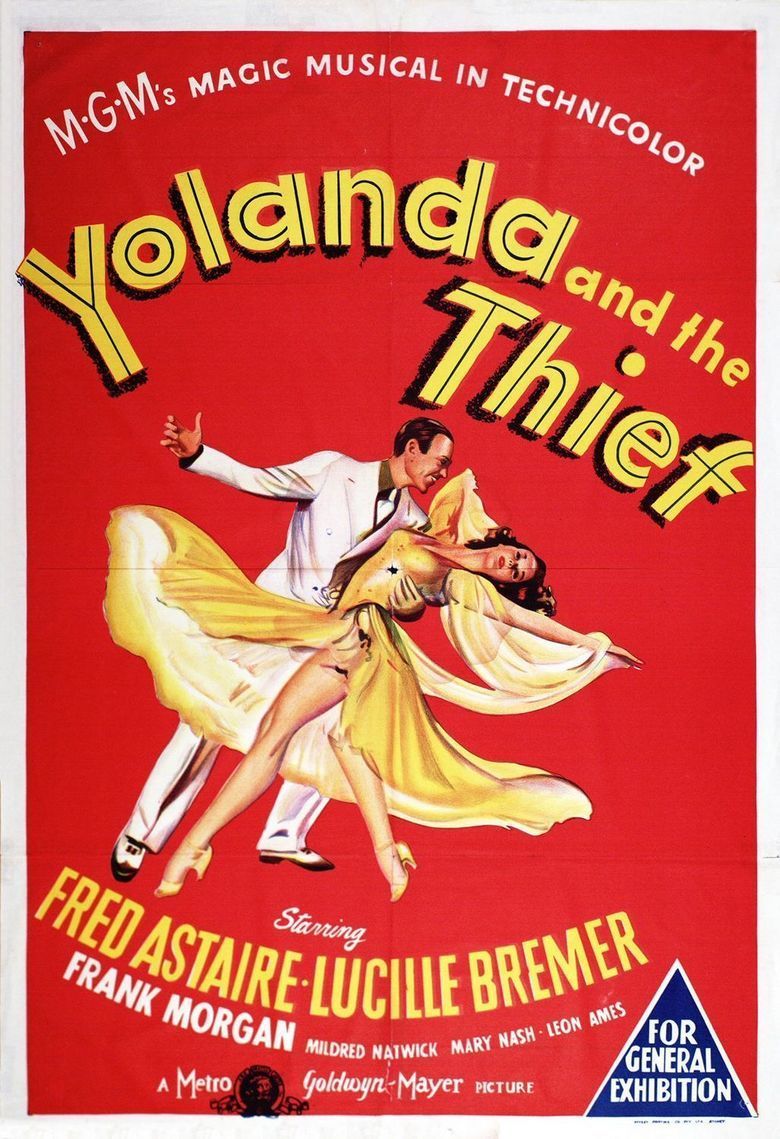 | ||||||||||||||||||||||||||||||||||
Release date November 20, 1945 (1945-11-20) Initial release November 20, 1945 (Los Angeles) Screenplay Irving Brecher, Ludwig Bemelmans Cast (Johnny Parkson Riggs), (Yolanda), (Victor Budlow Trout), Mary Nash (Duenna), (Mr. Candle), (Aunt Amarilla)Similar movies Black Swan , Amy Muller , Madagascar: Escape 2 Africa , Footloose , The Artist , Footloose Tagline M.G.M.'s magic musical in Technicolor | ||||||||||||||||||||||||||||||||||
Coffee time fred astaire stereo yolanda and the thief lucille bremer
Yolanda and the Thief (Technicolor) is a 1945 MGM musical-comedy film set in a fictional Latin American country, and stars Fred Astaire, Lucille Bremer, Frank Morgan, and Mildred Natwick, with music by Harry Warren and lyrics by Arthur Freed. The film was directed by Vincente Minnelli and produced by Arthur Freed.
Contents
- Coffee time fred astaire stereo yolanda and the thief lucille bremer
- Cast
- Production
- Key songsdance routines
- Reception
- Box office
- Radio adaptation
- References
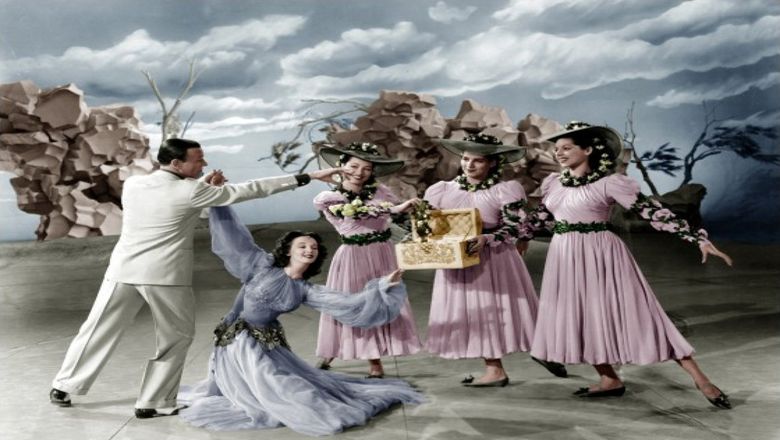
The film—a long-time pet project of Freed's to promote his lover Bremer's career—fared disastrously at the box office. An attempt to create a whimsical fantasy, it ended up, in the words of critic John Mueller, as "egg-nog instead of the usual champagne". Despite admirable production values, it ruined Bremer's career and discouraged Astaire, who decided to retire after his next film, Blue Skies.
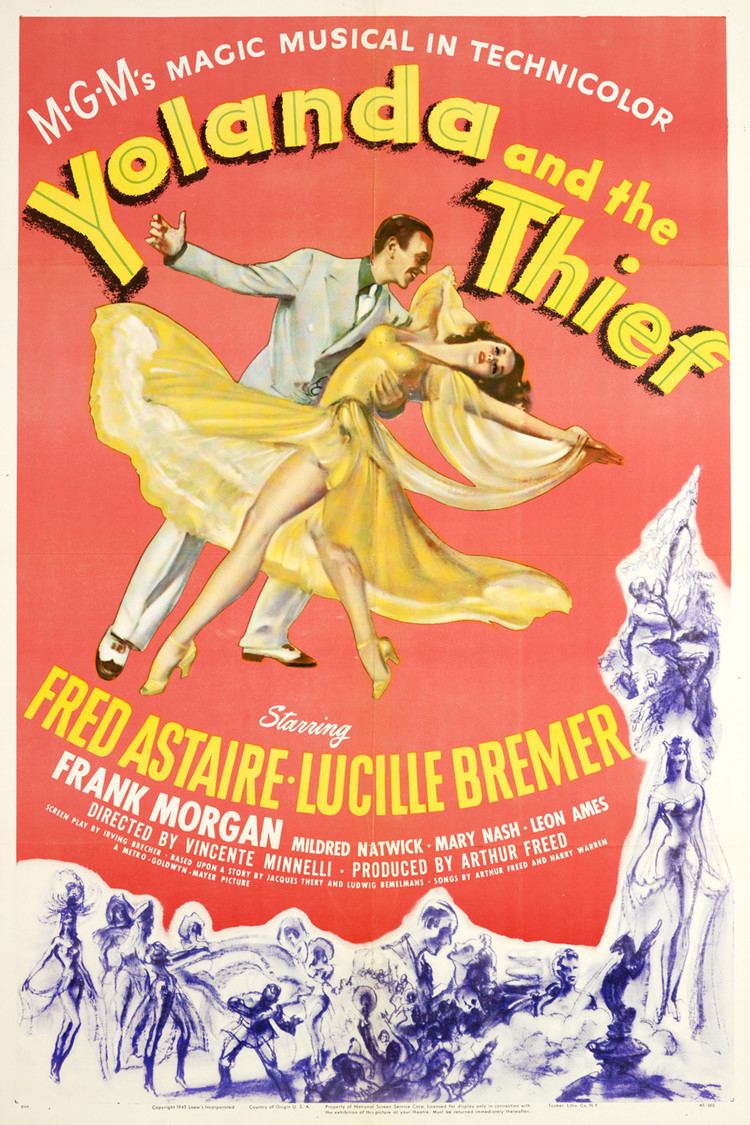
Perhaps it also vindicated Astaire's own horror of "inventing up to the arty"—his phrase for the approach of those who would set out to create art, whereas he believed artistic value could only emerge as an accidental and unpremeditated by-product of a tireless search for perfection. In his autobiography, Astaire approvingly quotes Los Angeles Times critic Edwin Schallert:" 'Not for realists' is a label that may be appropriately affixed to Yolanda and the Thief. It is a question, too, whether this picture has the basic material to satisfy the general audience, although in texture and trimmings it might be termed an event." Astaire himself concluded, "This verified my feeling that doing fantasy on the screen is an extra risk."
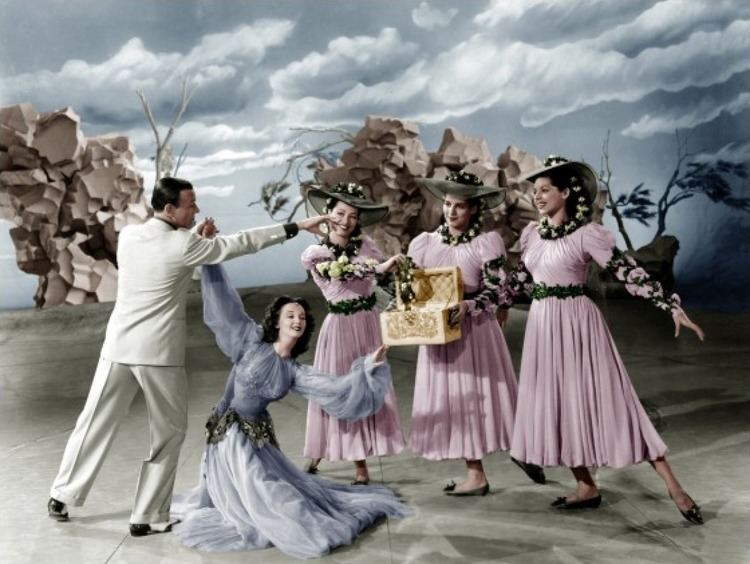
Cast
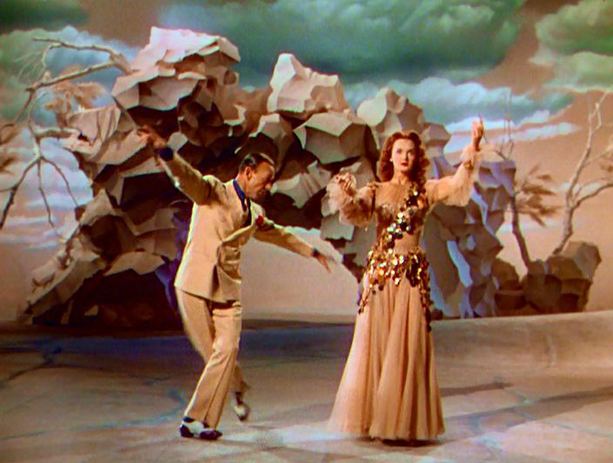
Production
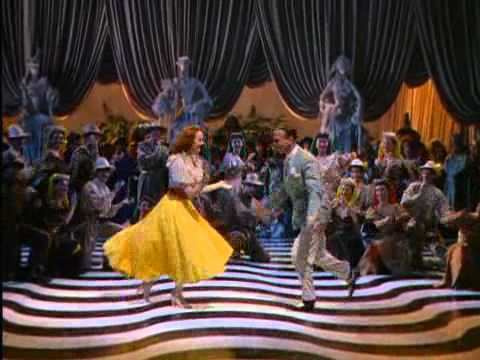
Filming began on January 15, 1945 and the film was first previewed on July 11, 1945 in Glendale, California. It cost $2,443,322.31 to make and suffered a net loss of $1,644,000.
Key songs/dance routines
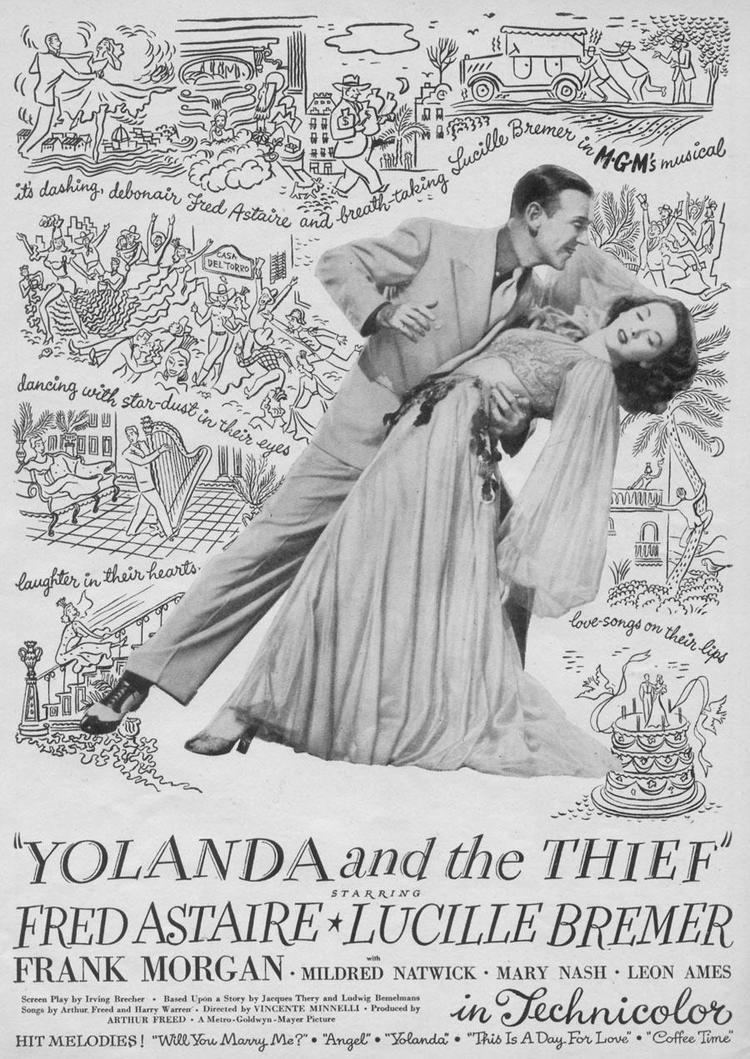
Eugene Loring was responsible for most of the choreography, with Astaire for once taking a back seat and only contributing in parts. Tactfully, Astaire claimed he wanted to see what it would be like dancing to other choreographers' ideas, a move some critics have attributed to a putative temporary decline in Astaire's creative powers around this time, but it is equally possible that he found the artistic pretensions of the project somewhat off-putting.
In any event, the dancing saves the day in what is also Astaire's most visually arresting color film, featuring possibly the first example on film of the deliberate integration of color and visual pattern with dance—a theme which Minnelli explored on a larger scale and to such celebrated effect six years later with Gene Kelly in the dream ballet finale of An American in Paris. Astaire had already created an early dream dance on film with "I Used To Be Color Blind" in Carefree (1938), and had worked with Minnelli on a dream ballet insert for the "Limehouse Blues" number from Ziegfeld Follies (1946). The dream ballet genre achieved popularity when Agnes de Mille choreographed a celebrated number for the 1943 stage hit Oklahoma!.
Reception
Bosley Crowther of The New York Times gave it a mixed review:
"Taste and imagination are so rare these days in musical films that a good bit of both is sufficient to offset a pack of obvious faults. So that's why this corner is cheering for Metro's Yolanda and the Thief...a pleasing compound of sparkling mummery and glistening allures for eyes and ears...the terpsichorean cavorting of Lucille Bremer and Fred Astaire is simply grand. ...Mr. Astaire and Miss Bremer are plainly thrown considerably out of stride when they are called upon to ramble through some of the talkative scenes. The humor, to put it bluntly, is obvious and dull... However, the visual felicities and the wackiness of the main idea hold the show together ..."
The Variety review was not complimentary:
"There's an idea in this yarn, but it only suggests itself. It becomes too immersed in its musical background, and the story is too leisurely in pace. ... And the story itself, the way it’s done, strains credibility."
Box office
According to MGM records the film earned $1,221,000 in the US and Canada and $570,000 elsewhere resulting in a loss of $1,644,000.
Radio adaptation
Yolanda and the Thief was presented on Musical Comedy Theater November 26, 1952. The one-hour adaptation starred Boris Karloff, Lisa Kirk, and John Conte.
References
Yolanda and the Thief WikipediaYolanda and the Thief IMDb Yolanda and the Thief themoviedb.org
